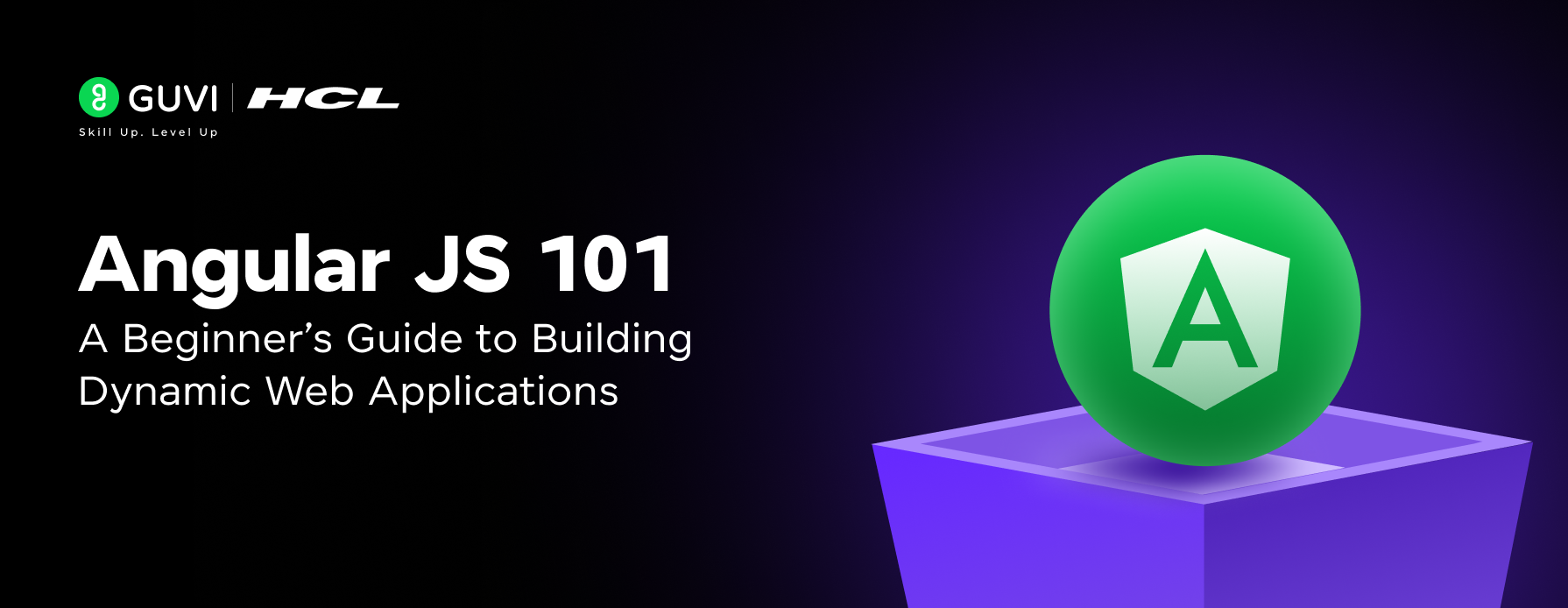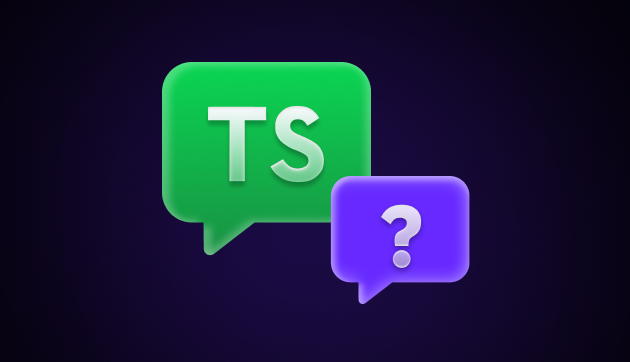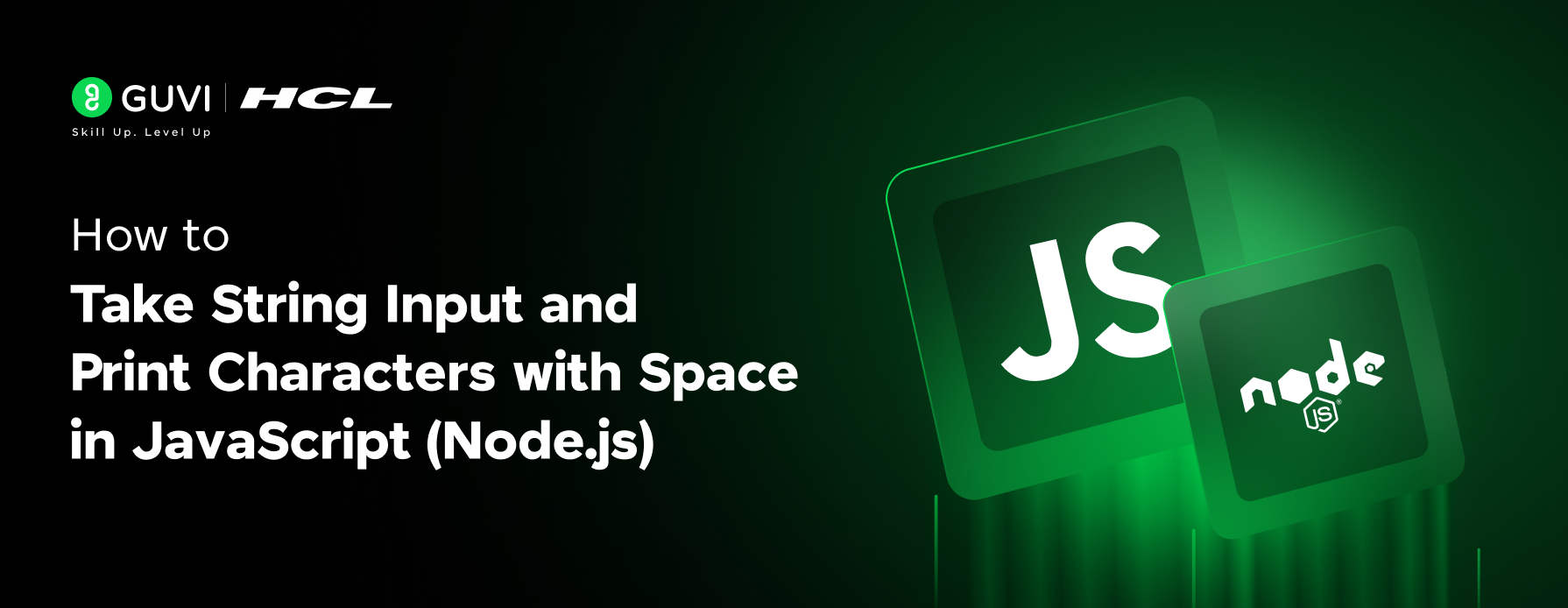
In today’s interconnected digital world, APIs (Application Programming Interfaces) play a crucial role in enabling seamless communication between systems. Whether you’re building a new application, integrating third-party services, or testing existing systems, ensuring API reliability is vital. This is where Postman, a versatile API testing tool, becomes indispensable.
With its intuitive interface and powerful features, Postman allows developers and testers to effortlessly create, send, and debug API requests. This guide will walk you through the basics of Postman, from installation to usage so that you can harness its full potential in your development journey.
Table of contents
- What is Postman?
- How to install Postman?
- How to use Postman?
- Step 1: Create a new request
- Step 2: Choose the request method and enter the API endpoint URL
- Step 3: Add headers, parameters, and other request details
- Step 4: Click on the “Send” button
- Step 5: View the response
- Wrapping Up
- Frequently Asked Questions
- What is Postman, and why should I use it?
- What is the difference between GET and POST requests in Postman?
- What are collections in Postman?
What is Postman?
Postman is a popular API client that simplifies the process of testing and debugging APIs. It allows developers to create requests, add headers, and test API responses. Postman provides a user-friendly interface for making API calls and is used by developers and testers worldwide.
How to install Postman?
Postman can be downloaded and installed for free from the Postman website. Follow the steps below to download and install Postman on your computer:
- Go to the Postman website.
- Click on the “Download” button for the version of Postman you want to install (Windows, Mac, or Linux).
- Once the download is complete, open the installation file and follow the on-screen instructions to install Postman on your computer.
How to use Postman?
After installing Postman, you can launch the application to start using it. Here are the basic steps to use Postman:
- Create a new request by clicking on the “New” button in the top left corner of the screen.
- Choose the request method (GET, POST, PUT, DELETE) and enter the API endpoint URL.
- Add headers, parameters, and other request details if needed.
- Click on the Send button to send the request to the API server.
- View the response from the API server in the response section.
Here is a more detailed explanation of each step:
Step 1: Create a new request
To create a new request, click on the New button in the top left corner of the screen. This will open a new tab where you can start building your request.
Followed by the next step in the picture below.

Step 2: Choose the request method and enter the API endpoint URL
ENDPOINT: http://127.0.0.1:8000/get-all/
Choose the request method (GET, POST, PUT, DELETE) from the drop-down menu and enter the API endpoint URL in the address bar.
Step 3: Add headers, parameters, and other request details
If your API requires additional headers or parameters, you can add them in the Headers and Param’s tabs respectively. You can also add a request body in the Body tab.
Step 4: Click on the “Send” button
Once you have added all the necessary details to your request, click on the Send button to send the request to the API server.
Step 5: View the response
After sending the request, you will see the response from the API server in the Response section. You can view the response body, headers and other details in this section.
Unlock your potential as a Java Full-Stack Developer with our comprehensive Java Full-Stack development course! Dive deep into the world of Java, mastering front-end and back-end development to build powerful, dynamic web applications. Gain hands-on experience with essential tools and frameworks like Spring Boot, Hibernate, Angular, and React, all while learning best practices for performance optimization and scalable coding. Start your journey today and become the all-in-one developer every company is searching for!
Wrapping Up
Postman is more than just an API testing tool. It’s a developer’s ally in ensuring smooth and reliable API operations. By simplifying the process of testing and debugging, Postman helps developers save time and focus on building robust applications. Its versatility, coupled with its user-friendly interface, makes it a must-have in any developer’s toolkit. Postman empowers you to achieve efficiency and accuracy in your work.
Frequently Asked Questions
Postman is a popular API testing tool used by developers to send HTTP requests to APIs, analyze responses, and automate tests. It simplifies the process of interacting with APIs, helping developers test, document, and troubleshoot APIs efficiently.
GET request: Retrieves data from the server and doesn’t modify the data.
POST request: Sends data to the server to create or update resources. It is commonly used for creating new records in a database.
Collections in Postman are groups of related API requests saved together. You can organize, share, and execute multiple requests within a collection, making it easier to manage complex API workflows.






















![How to Become a Web Developer Without a Degree: A Beginner's Guide [2025] 63 web developer without a degree](https://www.guvi.in/blog/wp-content/uploads/2025/05/How-to-Become-a-Web-Developer-Without-a-Degree.png)

![What is ReactJS? A Beginner's Guide [2025] 65 what is reactjs](https://www.guvi.in/blog/wp-content/uploads/2025/04/What-is-ReactJS_-A-Beginners-Guide.png)





![Top 12 Best Web Development Projects for All Techies [With Source Code] 70 web development project](https://www.guvi.in/blog/wp-content/uploads/2023/08/Feature-Image.webp)

Did you enjoy this article?